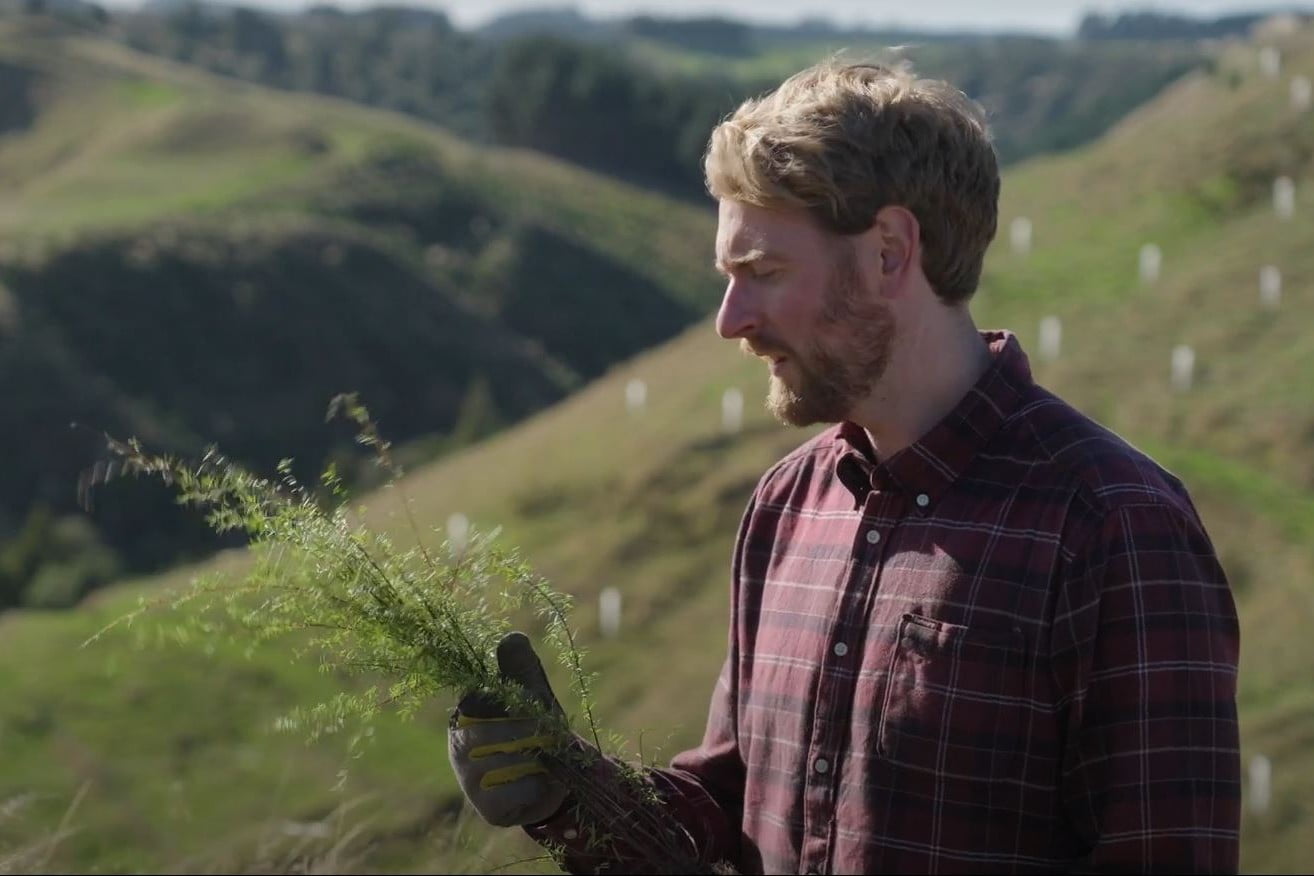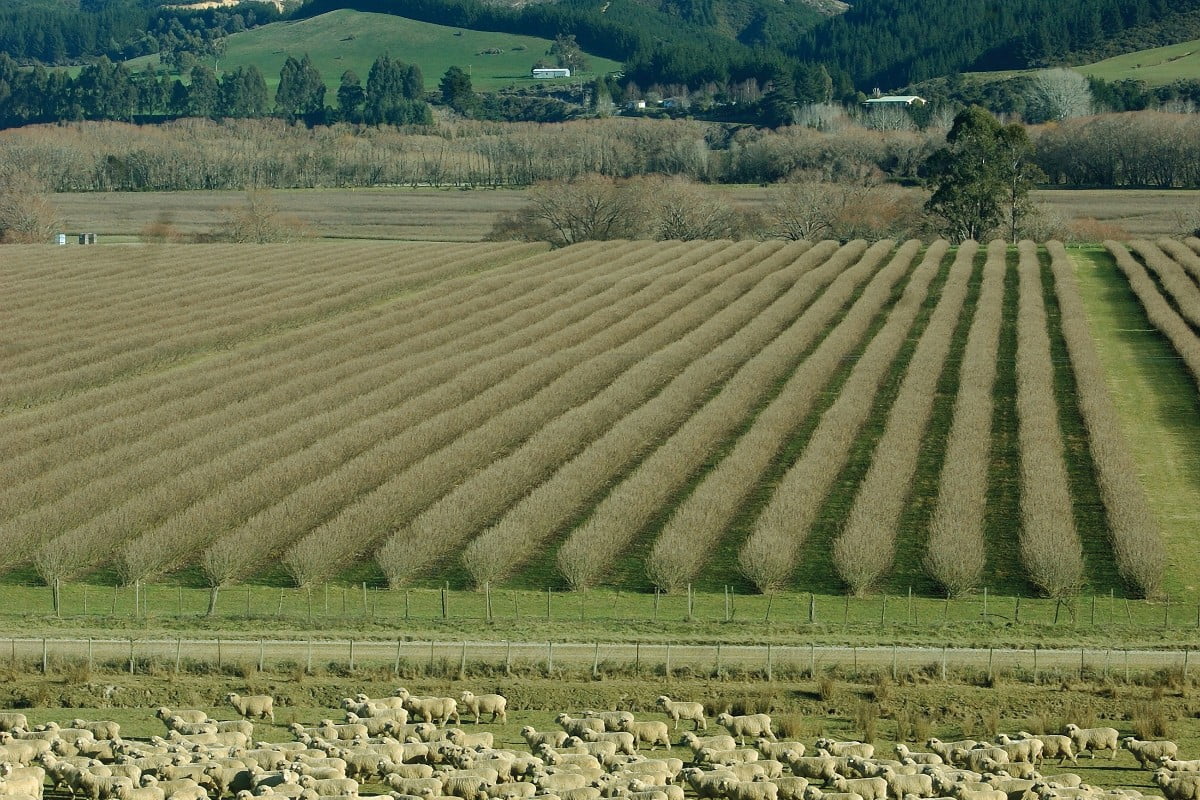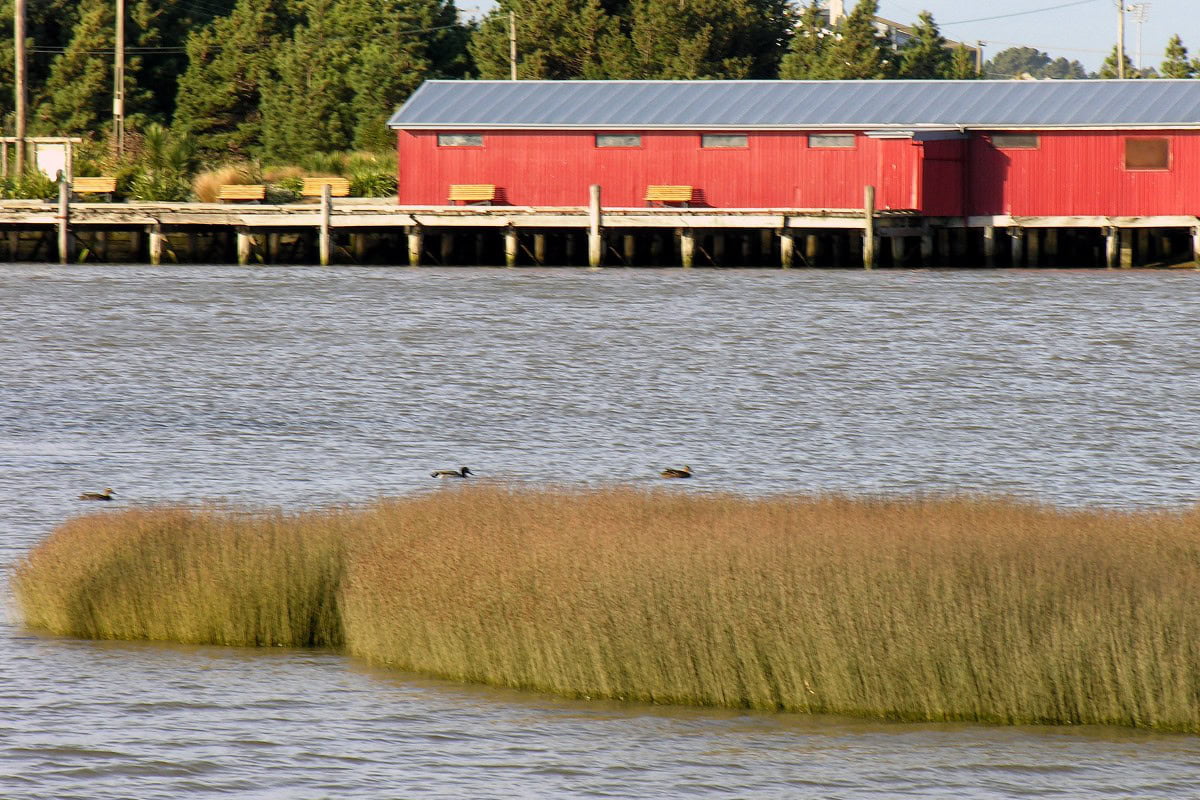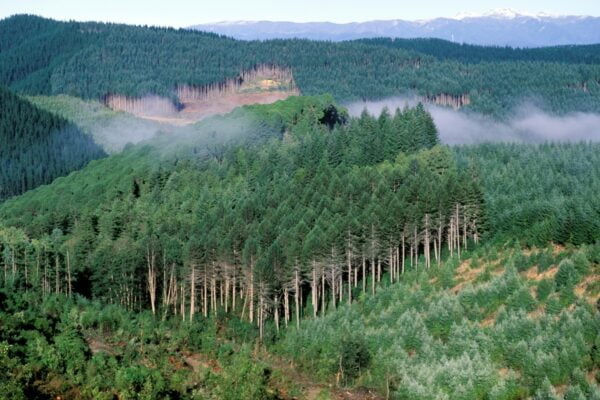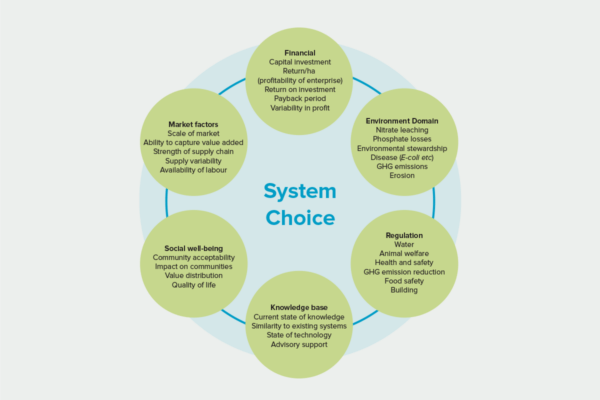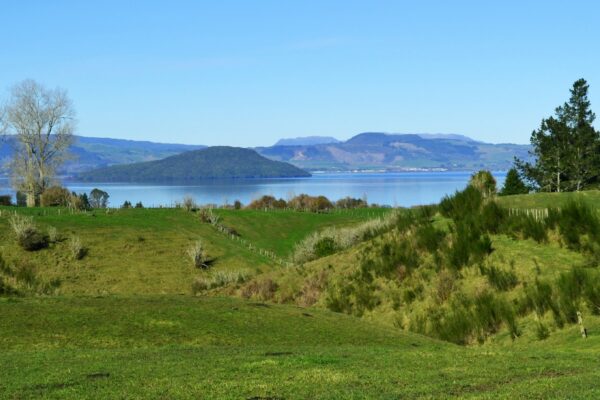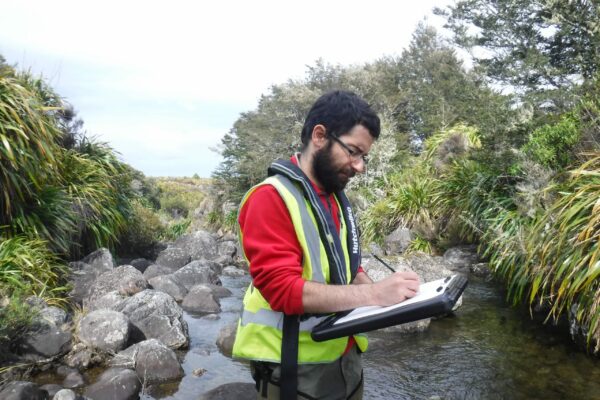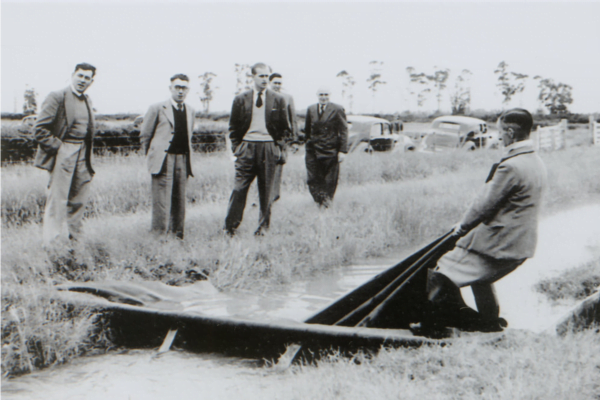Mapping Freshwater Contaminants
A set of research projects collectively mapping freshwater contaminant transport from source to sink
Project Details Ngā taipitopito
Collaborators Ngā haumi
AgResearch | ESR | Land Water People | Land & Water Science | Lincoln Agritech | NIWA | RMA Science | Tutanota
What are we doing?E aha ana mātou?
To improve the health of freshwater in Aotearoa, we need to better understand how freshwater contaminants – nitrogen, phosphorus, sediment, and microbes – move through our environment from land to water.
This research aims to map or classify New Zealand landscapes and land management practices according to their contaminant delivery from source to sink. Five individual work programmes are collectively producing this work, to:
- identify how differences in landscape and climate increase the risk of E.coli being transported to water;
- improve the accuracy of maps of groundwater ‘redox’ zones (areas with the natural potential to remove nitrogen) that determine whether nitrogen is reduced in aquifers;
- validate the physiographics approach so it can be a reliable tool to support land-management decisions to improve the health of freshwater;
- identify patterns, variability and uncertainties (at catchment scale) associated with the natural processes that attenuate (reduce) nitrogen and phosphorus impacts on water; and
- map the natural susceptibility of soil loss and transport from surficial erosion, and where stock grazing adds additional pressure.
These maps will provide scientifically robust information to help people in central and regional government plan, develop and implement policy related to water quantity and contaminant discharge. They will also inform land managers of the risk profile of their landscapes and management decisions.
How can the research be used? Ka pēhea e whai take ai te rangahau?
- This research will produce a National Landscape Classification for Freshwater Management, including contaminant flow-paths and attenuation coefficients; national maps of groundwater redox and denitrification potential; and national maps of attenuation coefficients for nitrogen and phosphorus species, sediment, and microbial contamination.
- The work will identify uncertainties, limitations and data gaps, and will make recommendations of where to prioritise new monitoring and modelling to help predict contaminant flow-paths (N and P species, suspended sediment, E. coli) and their potential attenuation.
- This research will provide the Ministry for the Environment with better landscape biogeochemical information in relation to contaminant risks, for use in policy option assessments. Local government will also benefit from this information, for use in NPS-FM implementation, for example as inputs to catchment models.
- This research will provide information about the achievable accuracy and precision of analyses that simulate the impacts of land use and management on contaminant levels in freshwater receiving environments.
- Understanding nitrogen and phosphorus attenuation uncertainty is of critical importance, because it underpins policy makers’ and land managers’ confidence in predicting water quality changes from land use or management changes. Understanding uncertainty in the attenuation estimates strongly determines the accuracy and precision with which any land management regime variable can be specified, including contaminant accounts, allocations and expected water quality outcomes. Not understanding the achievable accuracy and precision associated with catchment models can create false confidence in any predicted outcomes or decisions that will not be achievable.
 View Our Strategy Document 2019 – 2024
View Our Strategy Document 2019 – 2024



